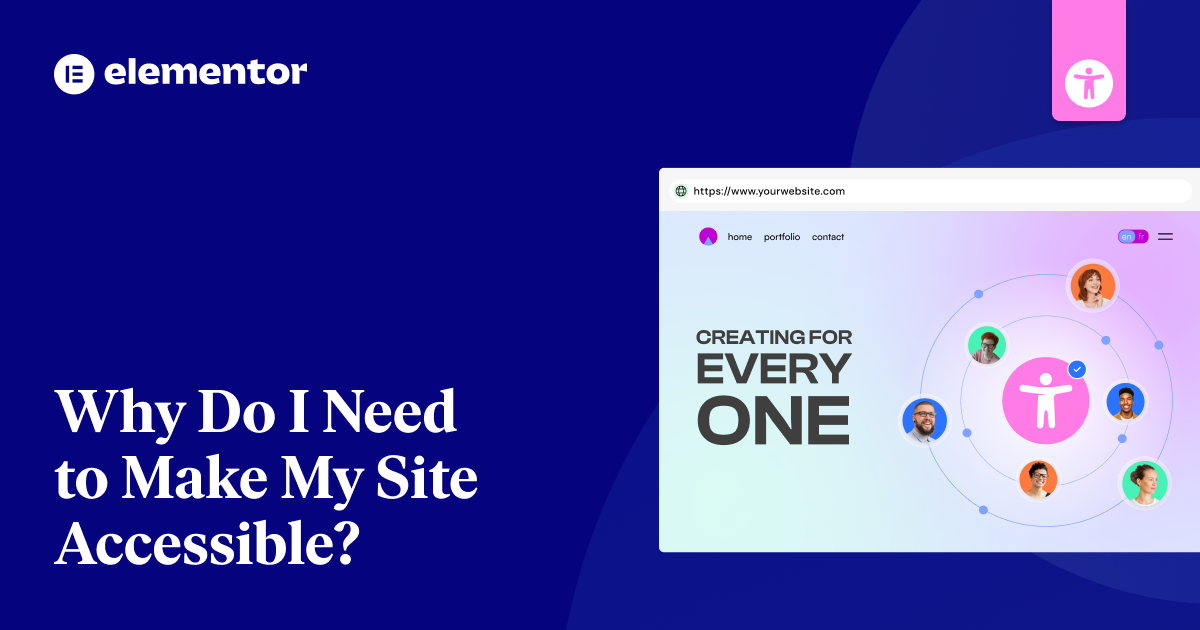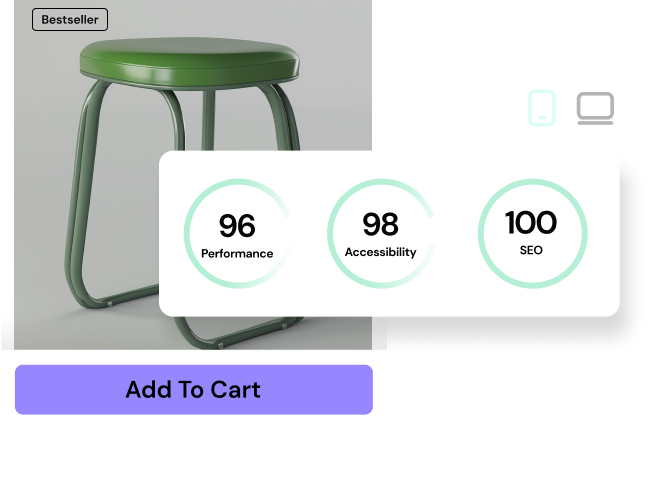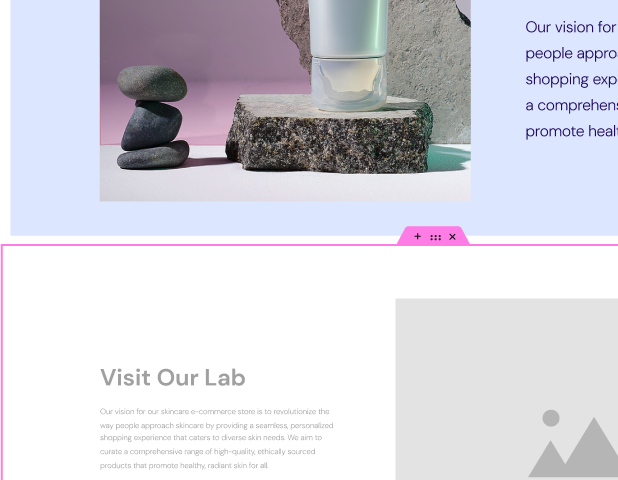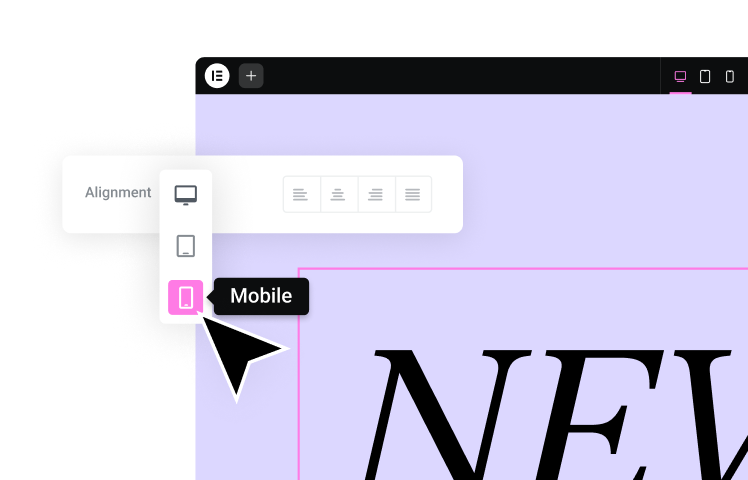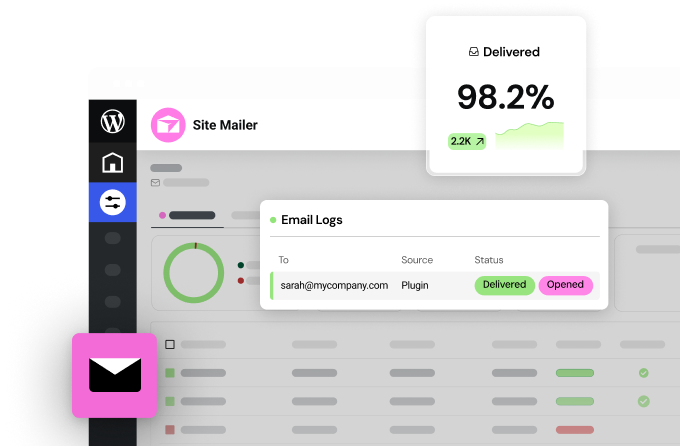Table of Contents
Reviewed by: Tamar Schapira, SenseIT
Disclaimer:
This article is for informational purposes only and does not constitute legal advice. We recommend consulting a qualified attorney for guidance on accessibility compliance and legal requirements specific to your situation.
If you think web accessibility is only for specialized agencies, think again.
After encountering accessibility issues on ReserveCalifornia.com, Bryan Bashin, a blind camping enthusiast, sued a development agency and secured a $2 million settlement.
The lawsuit was brought against government contractors for failing to provide an accessible reservation website. This landmark case highlights that accessibility lawsuits affect not only large companies but also agencies, emphasizing the universal need for inclusive digital experiences.
Besides the Bashin case, we gathered other compelling reasons why web creators need to make their website accessible.
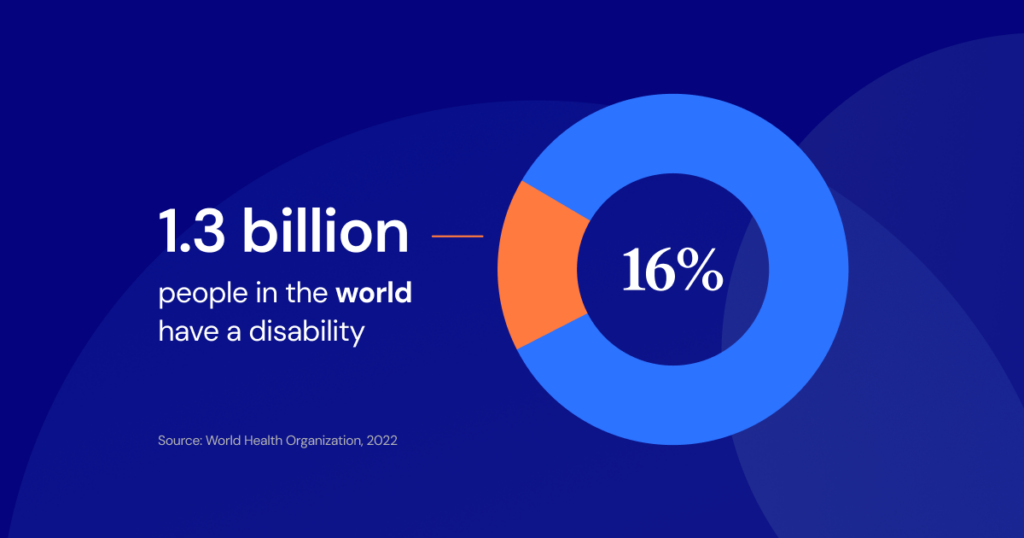
By rethinking your site’s structure and prioritizing accessibility from the start, you’re not only meeting current standards but also expanding your reach to a massive, often underserved audience.
Failing to make your site accessible means turning away millions of potential visitors, customers, and advocates.
The impact of inaccessibility isn’t just theoretical—it’s measurable. Studies show that 71% of users with disabilities will leave a website that is difficult to navigate (Source: Click-Away Pound Report). When users leave, bounce rates spike, engagement drops, and search engines like Google take notice, potentially lowering your site’s ranking.
Ignoring accessibility doesn’t just limit your audience—it actively drives people away and can hurt your visibility in search results. On the flip side, building an accessible site ensures that all users, regardless of ability, can engage with your content, improving retention, SEO performance, and ultimately, your bottom line.
Make your site more accessible with Ally.
2. Boost SEO
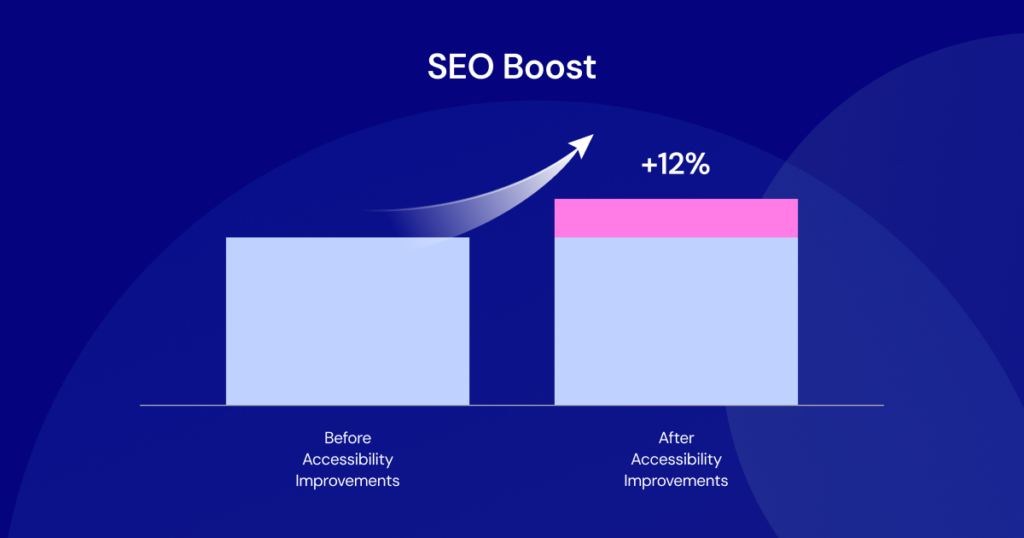
Best practices such as using descriptive alt text and clear heading structures assist users with disabilities while also making it easier for search engines to index your content.
In essence, when you build your site with accessibility in mind, you’re laying the groundwork for better SEO performance. Inaccessible websites can frustrate users, leading to higher bounce rates, and may even be penalized by search engines. Conversely, a well-structured, accessible site enhances user experience, drives engagement, and ultimately, improves your organic search visibility.
3. Making Websites Better for Everyone, Not Just the Disabled
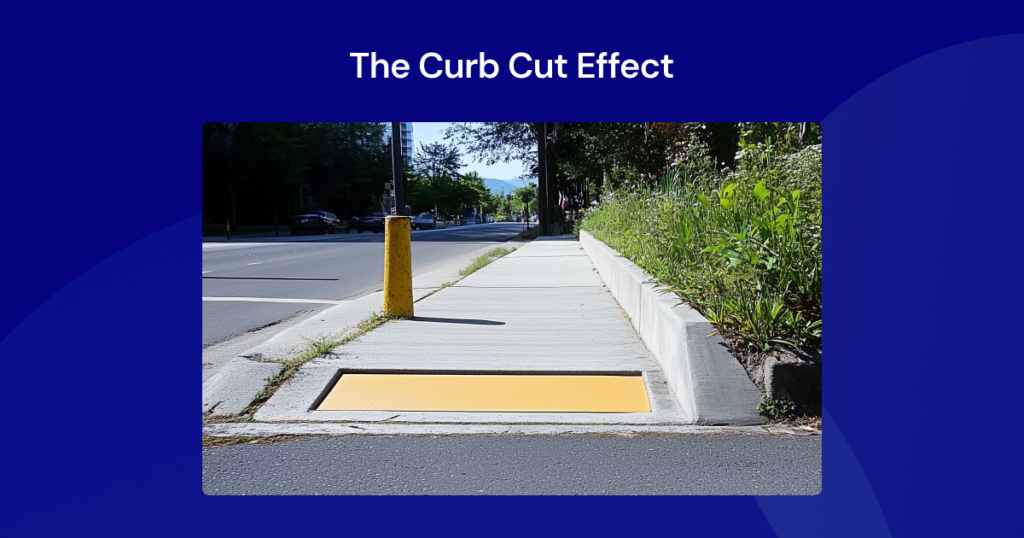
The concept of the “curb cut effect,” when applied to the digital world, means that by focusing on accessible design, you’re creating a website that’s not only more usable for people with disabilities but also more intuitive and navigable for all users.
By adopting accessibility best practices, you simplify interactions, streamline navigation, and enhance the overall user experience.
This creates a “virtuous cycle”—as more people have positive experiences on your site, your reach naturally broadens.
4. Competitive Advantage
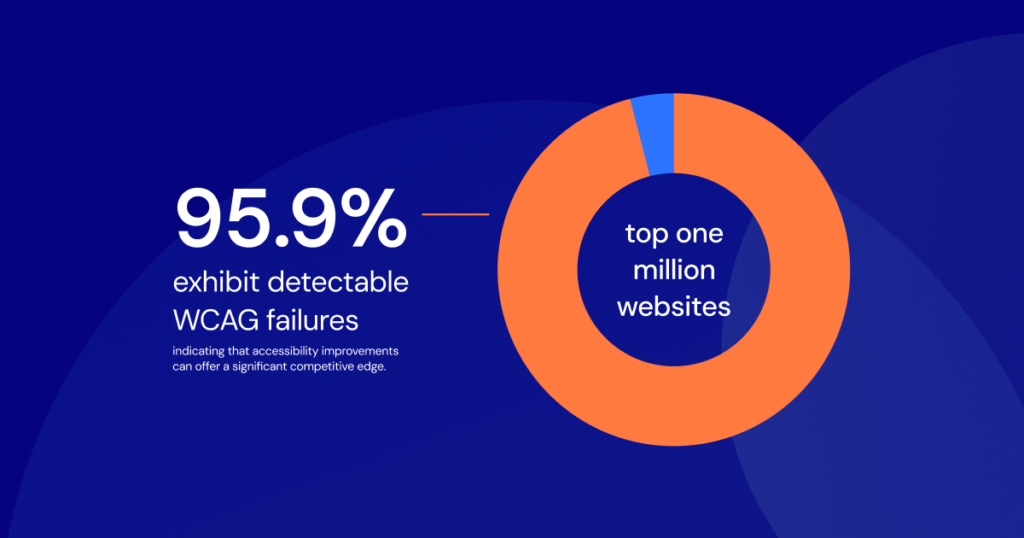
With most websites still failing basic accessibility checks, prioritizing accessibility offers a powerful competitive advantage.
Moreover, there is a shortage of web creators—both freelancers and agencies—who specialize in accessible website design. This gap in the market presents a unique opportunity for businesses and professionals to differentiate themselves by offering accessibility-focused services, meeting a growing demand while driving innovation in digital inclusivity.
5. The Legal Case for Accessibility
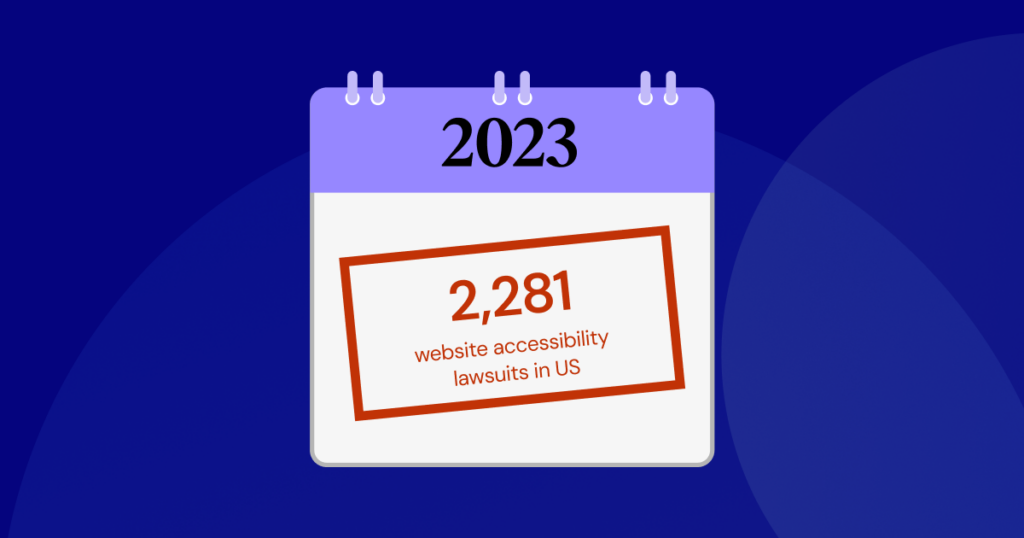
Legal action surrounding digital accessibility is on the rise, with thousands of businesses facing lawsuits for failing to meet accessibility standards. Non-compliance with the Web Content Accessibility Guidelines (WCAG) and laws like the Americans with Disabilities Act (ADA) can result in costly legal battles, reputational damage, and lost business.
Proactively ensuring your website is accessible not only mitigates legal risks but also demonstrates a commitment to inclusivity, protecting your brand while fostering a better experience for all users.
6. The Ethical Case for Accessibility
Beyond the legal and business advantages, there is a clear ethical case for making websites accessible. The internet is an essential part of modern life—used for shopping, education, employment, healthcare, and social connection. Ensuring that digital spaces are inclusive is not just a best practice; it’s a fundamental responsibility.
- Inclusivity: Websites should be designed for everyone, regardless of ability. A truly accessible web ensures that all individuals, including those with disabilities, can navigate, interact, and engage with content without barriers.
- Empathy: Many digital experiences still exclude people with disabilities, making daily tasks unnecessarily difficult or even impossible. Recognizing these barriers and taking proactive steps to remove them reflects a deeper commitment to understanding and serving all users.
- Social Responsibility: Organizations have the power to shape a more equitable digital world. Prioritizing accessibility is not just about compliance or competitive advantage—it’s about doing what’s right. Creating an inclusive web fosters equal opportunity and allows all individuals to fully participate in society.
By making accessibility a core value, businesses can lead by example, ensuring that digital spaces are not just usable, but welcoming to all.
Make your site more accessible with Ally.
Bottom line
The bottom line is that there are undeniable, compelling reasons to prioritize accessibility. This is why more websites and organizations are making accessibility a key focus. In fact, a WebAIM study found that the number of homepages with detectable accessibility improvements increased by 67% in just one year. Additionally, governments worldwide are enacting stricter accessibility regulations to ensure digital inclusivity. The momentum is clear—accessibility is no longer optional; it’s an essential part of modern web design and business strategy.
Looking for fresh content?
By entering your email, you agree to receive Elementor emails, including marketing emails,
and agree to our Terms & Conditions and Privacy Policy.
